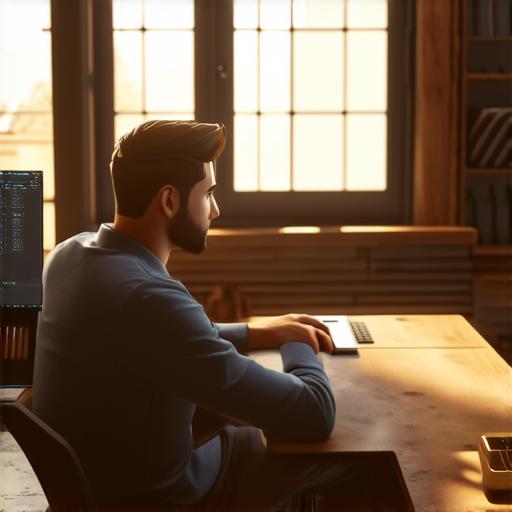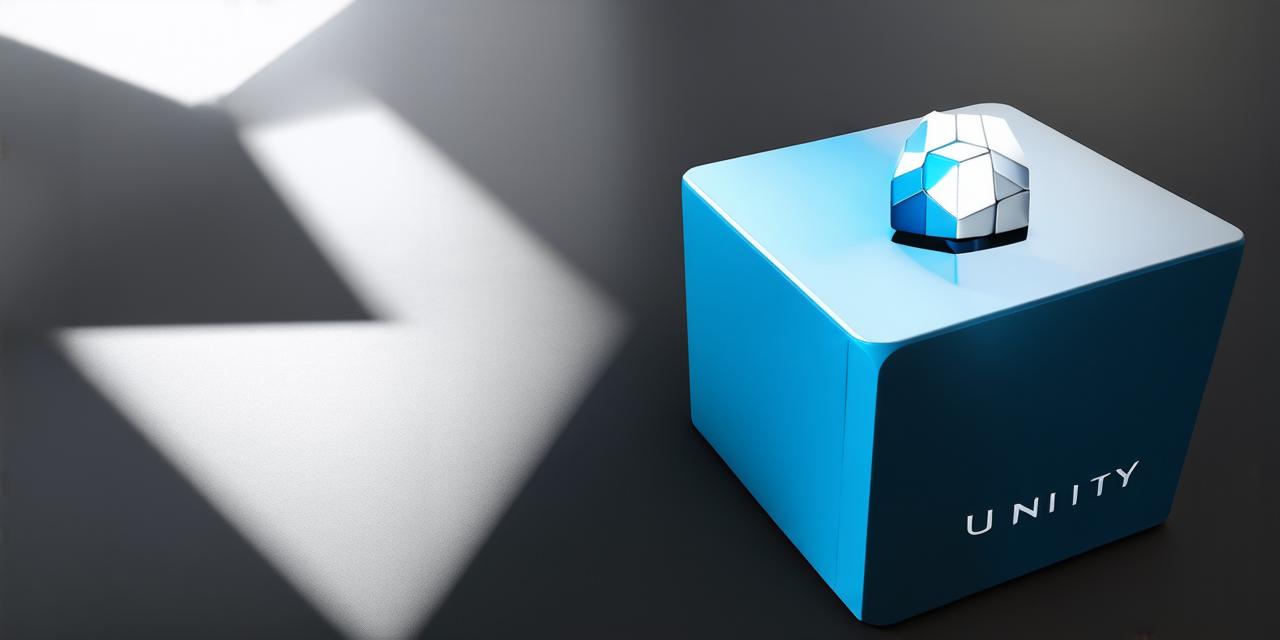If you are new to 3D game development or looking for an introduction to creating your own projects using the popular Unity engine, then this guide is for you. In this article, we will walk through the basics of getting started with a 3D project in Unity, from setting up your environment to creating and manipulating objects.

Getting Started with Unity
Before diving into creating a 3D project, it’s important to have a basic understanding of what Unity is and how it works. Unity is a popular game engine used for creating both 2D and 3D games, as well as virtual reality (VR) and augmented reality (AR) experiences. It provides a user-friendly interface for developing and publishing games across multiple platforms, including PC, consoles, mobile devices, and web.
To get started with Unity, you can download the latest version of the software from the official website Unity Technologies. Once installed, you will be prompted to create a new project. You can choose to start with a template or an empty project.
Setting Up Your Environment
Once you have created your new project, the next step is to set up your environment. This includes creating a scene, which is the main workspace where you will design and build your 3D world. To create a new scene, go to the “Window” menu in Unity and select “Scene.”
In the scene editor, you can add and manipulate objects using the toolbar on the left-hand side of the screen. You can also use the keyboard shortcuts to quickly move and rotate objects.
To add an object to your scene, click on the “Assets” menu in the top bar and select “Import Package.”
Creating Objects in Unity
Once you have set up your environment, it’s time to start creating objects for your 3D world. Unity provides a wide range of tools for designing and building 3D models, including the built-in “Mesh Editor” and “Sculptor.” You can also import pre-made assets from third-party websites or create your own using external software such as Blender or Maya.
To create a new object in Unity, go to the “Assets” menu in the top bar and select “Create.” From there, you can choose from a variety of object types, including cubes, spheres, cylinders, and more. You can also use the keyboard shortcuts to quickly create objects.
Manipulating Objects in Unity
Once you have created an object, you can manipulate it using the tools in the scene editor. To move an object, simply click on it and drag it with your mouse or use the arrow keys on your keyboard. To rotate an object, click and drag on one of its corners or use the middle mouse button to rotate it around its pivot point.
You can also add animations to your objects using Unity’s built-in animation tools. To do this, go to the “Animator” window in the top bar and create a new animation clip. You can then assign keyframes to your object’s properties, such as its position or rotation, to create smooth transitions between different states.
Conclusion
Starting a 3D project in Unity can be overwhelming at first, but with practice and patience, you can create amazing 3D worlds and games. By following these basic steps and exploring the many tools and features that Unity has to offer, you can take your 3D development skills to the next level.


